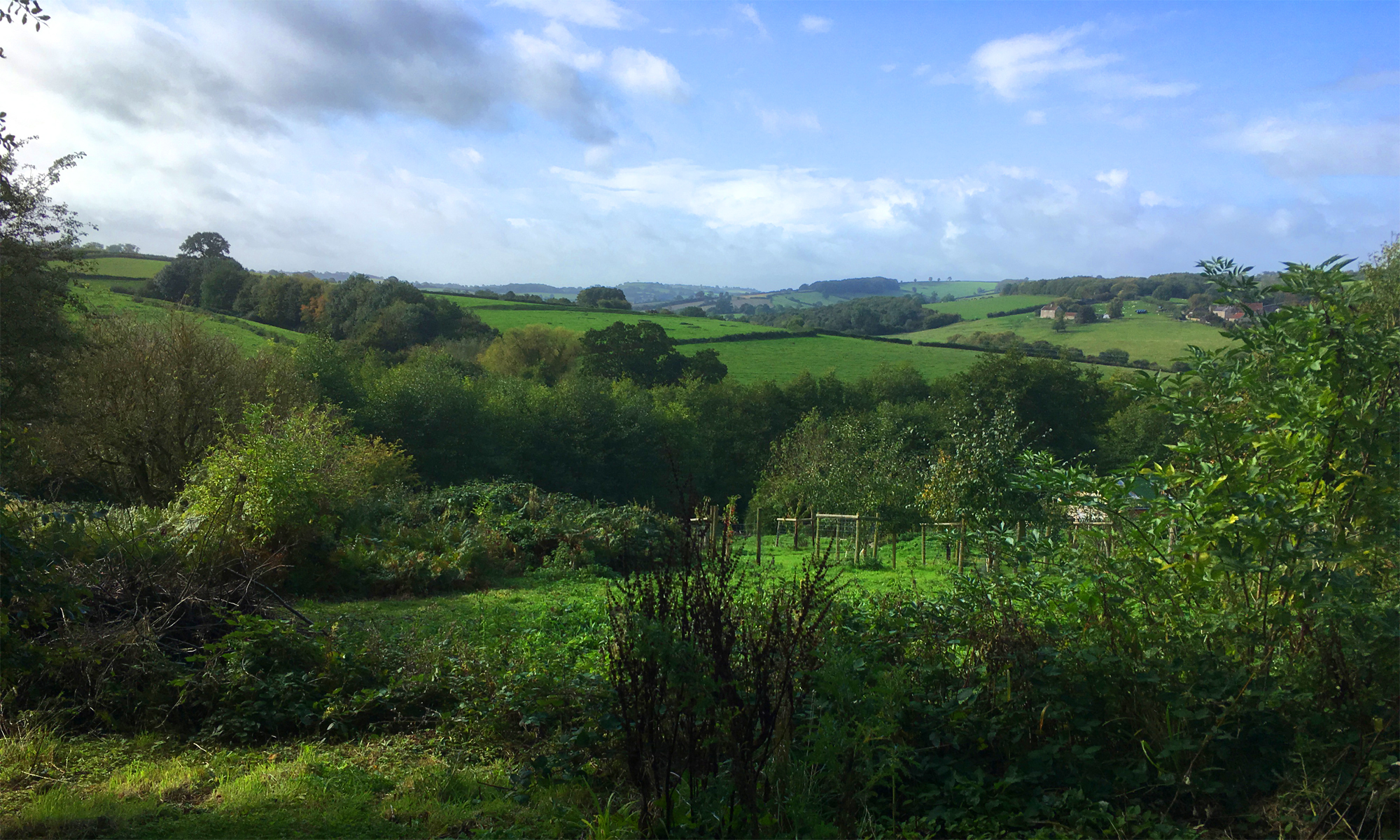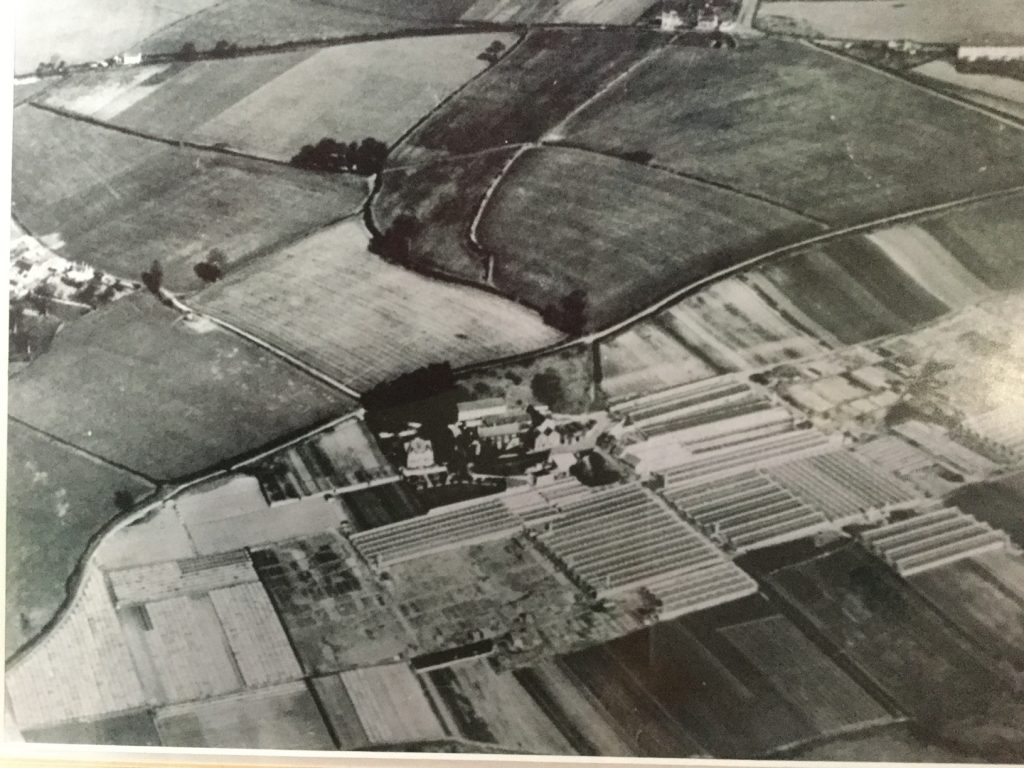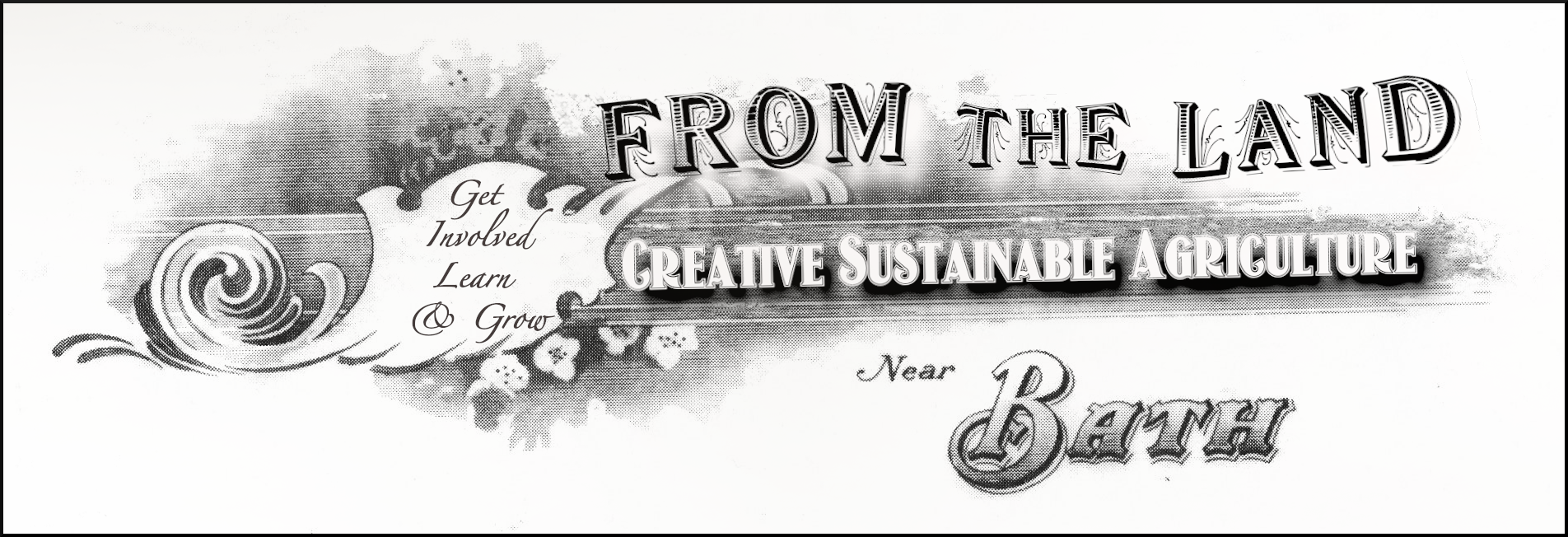
History
These 8 acres were part of the site of Ware’s Nursery (1883 – 1970). Mr Walter Ware moved from London to Barrow Castle in 1890 and employed 60 – 100 nurserymen and women from the local areas of Twerton, Peasedown St John, Radstock and Englishcombe. They grew flowers and bulbs, including daffodils, tulips, chrysanthemums and lily of the valley, as well as vegetables on the sunny south facing slopes. The nursery was a feat of Victorian engineering, water being pumped up from Mill Brook, to be heated by coal fired boilers and delivered to warm the greenhouses and water the plants. A small railway transported produce across the land before it was sent by train all over the country.
In 1924 Mr Ware’s daughter Lena married Captain Cecil Titchmarsh, the nursery manager, and they continued to create new varieties of daffodils, amongst them ‘Fortune’, ‘Inglescombe’ and ‘Mrs Walter Ware‘. Captain Titchmarsh was a colourful character, head of Englishcombe’s Parish Council and remembered for dressing up as Santa to distribute presents to the children. In WW2 the nursery “dug for victory”, turning bulb growing land to potato production.
The hornbeam avenue, a beloved public footpath, was planted as a hedge in the 1940s and kept at 7 ft tall. The straight sticks were harvested to use as plant supports.
In 1970 running costs became too high and the nursery closed. It was sold to Mr Meering who built a garden centre which has now become Hilliers.
We often find treasures from Victorian times as we dig, we walk in the footsteps of generations of great nurserymen and women. We see the marks of their work on our land as well as the traces of earlier times on the opposite hillside, where the folds in the land show what is left of Culverhay Castle’s ramparts from the 12th century. The ditch of Wansdyke – a 6th century Saxon boundary which kept 2 tribes apart, built on the course of a Roman Road – is clearly visible south of the land.


